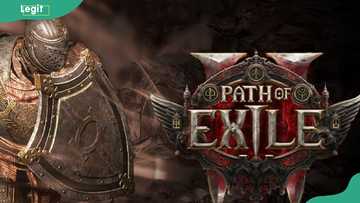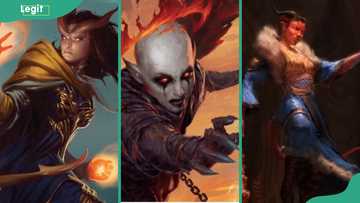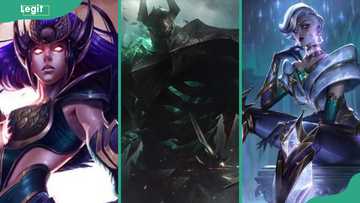D&D 5e Schools of Magic: The schools, their spells and the type of magic explained
In the fifth edition of Dungeons and Dragons (D&D 5e), magic is categorised into eight Schools of Magic. These categories distinctly separate each spell type by their effects, helping players understand the game better. Discover all the DnD 5e Schools of Magic, their effects, symbols, and spells.
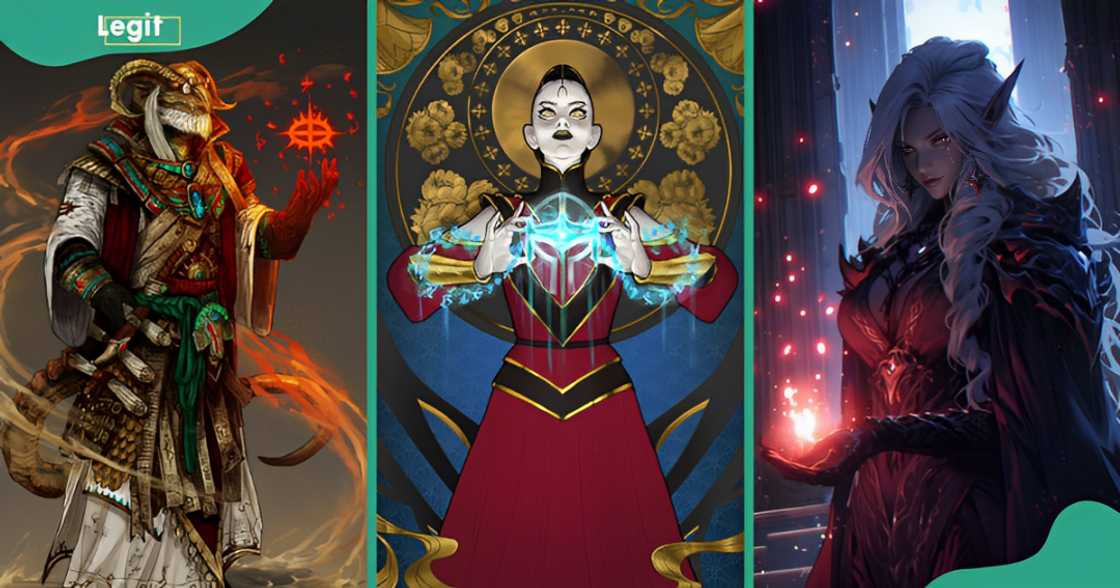
Source: Twitter
TABLE OF CONTENTS
Key takeaways
- The Abjuration are considered the strongest and are protective in nature.
- Conjuration spells can summon objects, monsters and other living creatures.
- The School of Divination help the caster see into the future.
- The School of Enchantment allows wizards to charm and influence the actions of creatures and other living things.
- Other Schools of Magic include: Evocation, Illusion, Necromancy and Transmutation.
DnD 5e Schools of Magic
As magic is an integral feature of Dungeons & Dragons (D&D), it is essential to understand each school's effects, available spells, benefits, and drawbacks. Player characters such as wizards, sorcerers, clerics, and paladins, among others, can wield magic through specific Schools or Colleges of Magic.
Below are the DnD Schools of Magic, each explained with its associated spells, their effects, and the ideal levels to focus on for each school.
1. Abjuration
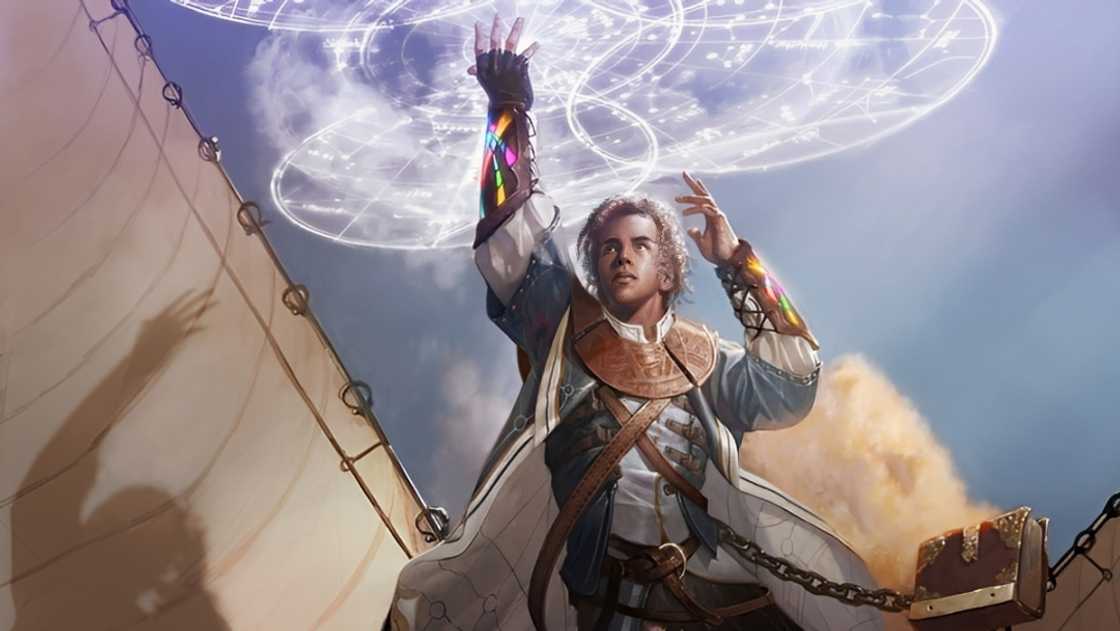
Source: Twitter
The School of Abjuration focuses on overcoming your enemy's magic and protecting your allies from it. The basis of this school lies in the meaning of the root word, abjure, which means to abandon, reject, or refute.
An abjure or someone who practices abjuration spells can protect themselves or the creatures around them by creating an Arcan or Projected Ward. Have a look at this D&D 5e School of Magic's spell list from cantrips to the 9th level.
| Level | Abjuration spells |
| Cantrip | Blade Ward, Resistance |
| 1 | Absorb Elements, Alarm, Armor of Agathys, Ceremony, Cure Wounds, Mage Armor, Protection From Evil and Good, Sanctuary, Shield, Shield of Faith, Snare |
| 2 | Aid, Arcane Lock, Lesser Restoration, Pass Without Trace, Protection from Poison, Prayer of Healing, Warding Bond |
| 3 | Aura of Vitality, Beacon of Hope, Counterspell, Dispel Magic, Glyph of Warding, Intellect Fortress, Magic Circle, Mass Healing Word, Nondetection, Protection From Energy, Remove Curse |
| 4 | Aura of Life, Aura of Purity, Banishment, Death Ward, Freedom of Movement, Private Sanctum, Otiluke's Resilient Sphere |
| 5 | Antilife Shell, Banishing Smite, Circle of Power, Dispel Evil and Good, Greater Restoration, Hallow, Mass Cure Wounds, Planar Binding |
| 6 | Contingency, Druid Grove, Fizban’s Platinum Shield, Forbiddance, Globe of Invulnerability, Guards and Wards, Heal, Primordial Ward |
| 7 | Symbol |
| 8 | Antimagic Field, Holy Aura, Mind Blank |
| 9 | Imprisonment, Invulnerability, Prismatic Wall |
2. Conjuration
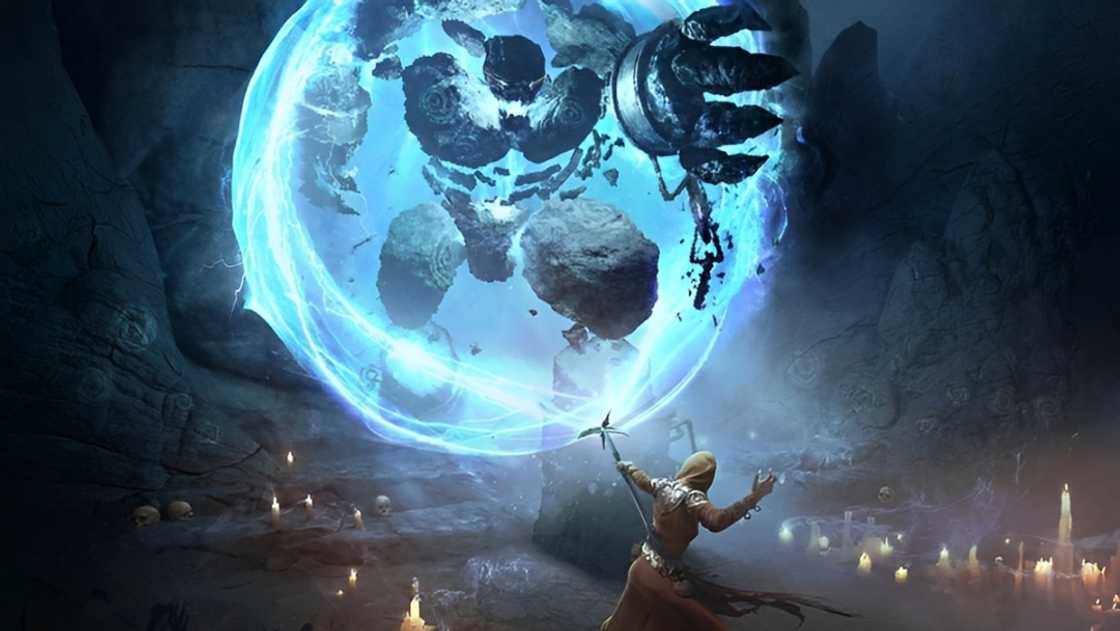
Source: Twitter
In this school, casting spells can allow the spellcaster to teleport and move people from one place to another. Five features are available for conjurers, starting with Conjuration Savant, which begins at level 2.
Minor Conjuration, starting from level 2, allows you to conjure up an object. Benign Teleportation, Focused Conjuration, and Durable Summons begin at levels six, ten and fourteen, respectively.
| Level | Conjuration spells |
| Cantrip | Acid Splash, Infestation, Mage Hand, Poison Spray, Produce Flame, Sword Burst |
| 1 | Arms of Hadar, Ensnaring Strike, Entangle, Find Familiar, Fog Cloud, Grease, Hail of Thorns, Ice Knife, Tenser’s Floating Disk, Unseen Servant |
| 2 | Cloud of Daggers, Dust Devil, Find Steed, Flaming Sphere, Healing Spirit, Misty Step, Summon Beast, Vortex Warp, Web |
| 3 | Call Lightning, Conjure Animals/Barrage, Create Food and Water, Hunger of Hadar, Leomund’s Tiny Chest, Sleet Storm, Spirit Guardians, Stinking Cloud, Summon Fey/Lesser/Demons/Shadowspawn/Undead, Thunder Step, Tidal Wave |
| 4 | Conjure Minor Elementals/Woodland Beings, Dimension Door, Evard’s Black Tentacles, Find Greater Steed, Grasping Vine, Guardian of Faith, Secret Chest, Mordenkainen’s Faithful Hound, Summon Aberration/Construct/Elemental/Greater Demon, Watery Sphere |
| 5 | Banishing Smite, Cloudkill, Conjure Elemental/Volley, Far Step, Infernal Calling, Insect Plague, Steel Wind Strike, Summon Celestial/Draconic Spirit, Teleportation Circle, Tree Stride |
| 6 | Arcane Gate, Conjure Fey, Drawmij’s Instant Summons, Heroes’ Feast, Planar Ally, Scatter, Summon Fiend, Transport via Plants, Wall of Thorns, Word of Recall |
| 7 | Conjure Celestial, Dream of the Blue Veil, Etherealness, Mordenkainen’s Magnificent Mansion, Plane Shift, Teleport, Temple of the Gods |
| 8 | Demiplane, Incendiary Cloud, Maze, Mighty Fortress, Tsunami |
| 9 | Blade of Disaster, Gate, Storm of Vengeance, Wish |
3. Divination
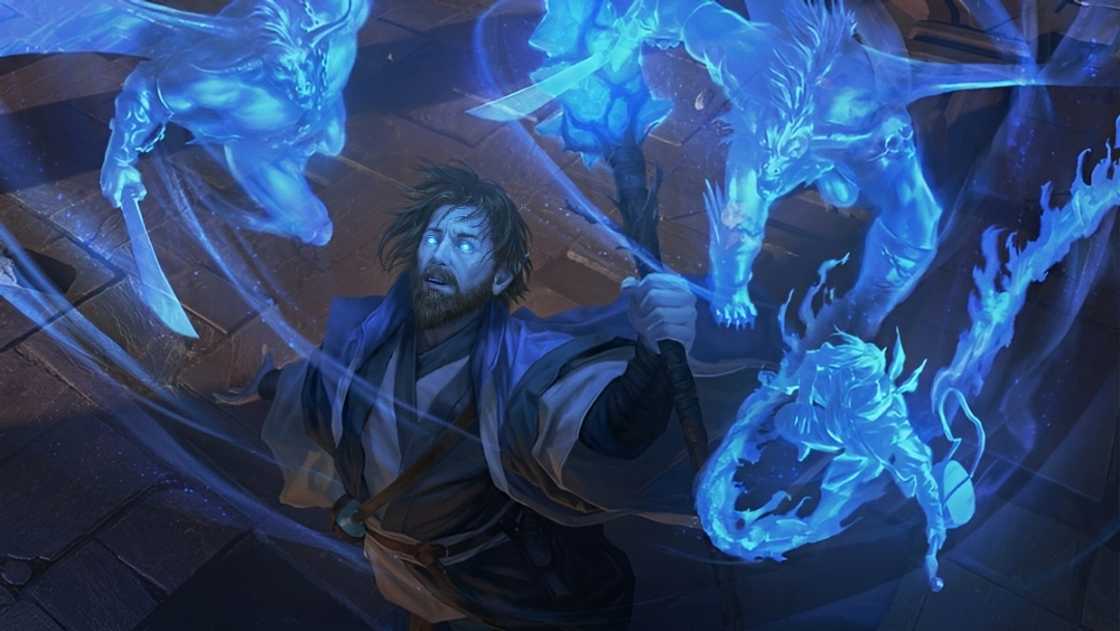
Source: Twitter
Diviners have special discovery abilities that allow them to glimpse the future across short and long distances. Often sought by royalty and commoners, the diviner's ability to pull back the veils of time and space can also be seen as a disadvantage.
| Level | Divination spells |
| Cantrip | Guidance, True Strike |
| 1 | Beast Bond, Comprehend Languages, Detect Evil and Good/Magic/Poison and Disease, Hunter’s Mark, Identify, Speak with Animals |
| 2 | Augury, Borrowed Knowledge, Beast Sense, Detect Thoughts, Find Traps, Locate Animals or Plants/Object, Mind Spike, See Invisibility, Warp Sense |
| 3 | Clairvoyance, Tongues, Sending |
| 4 | Arcane Eye, Divination, Locate Creature |
| 5 | Commune, Commune With Nature, Contact Other Plane, Legend Lore, Rary’s Telepathic Bond, Scrying, Telepathic Bond |
| 6 | Find the Path, True Seeing |
| 7 | - |
| 8 | Telepathy |
| 9 | Foresight |
4. Enchantment
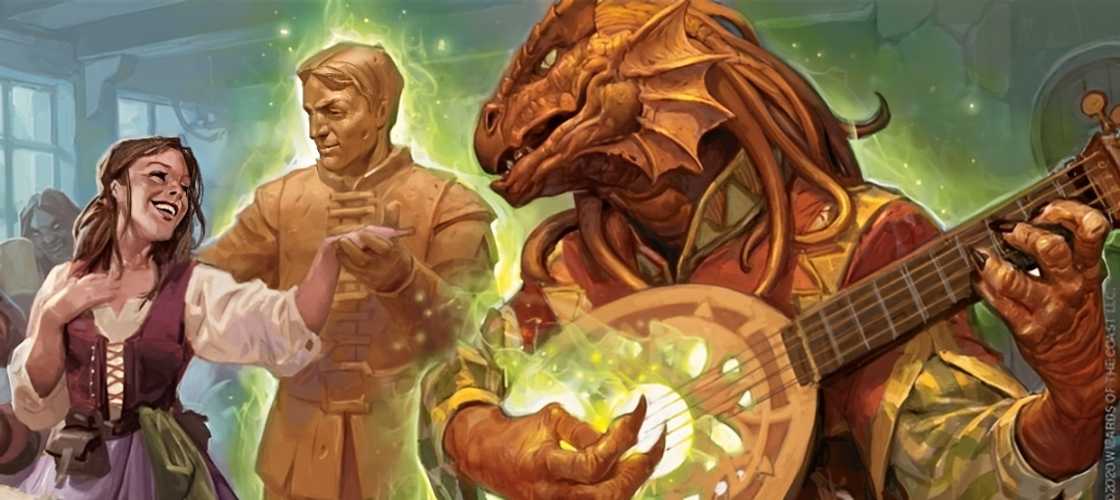
Source: Twitter
Spells in this school can entrance, beguile, charm, and influence people and monsters. Wizards who choose the School of Enchantment hold the potential to become evil, as their spells can control and cause harm.
Subclass features in this school include the Arcane Tradition, Hypnotic Gaze, Instinctive Charm, Split Enchantment, and Alter Memories. Here is a comprehensive D&D 5e School of Magic spell list for enchantment spells.
| Level | Enchantment spells |
| Cantrip | Encode Thoughts, Friends, Mind Sliver, Vicious Mockery |
| 1 | Animal Friendship, Bane, Bless, Charm Person, Command, Compelled Duel, Dissonant Whispers, Heroism, Hex, Silvery Barbs, Sleep, Tasha’s Hideous Laughter |
| 2 | Animal Messenger, Calm Emotions, Crown of Madness, Enthrall, Gift of Gab, Hold Person, Jim’s Glowing Coin, Suggestion, Tasha's Mind Whip, Zone of Truth |
| 3 | Antagonize, Catnap, Enemies Abound, Fast Friends, Incite Greed, Motivational Speech |
| 4 | Charm Monster, Compulsion, Confusion, Dominate Beast, Raulothim’s Psychic Lance, Staggering Smite |
| 5 | Dominate Person, Geas, Hold Monster, Modify Memory, Synaptic Static, Yolande's Regal Presence |
| 6 | Mass Suggestion, Otto’s Irresistible Dance |
| 7 | Power Word Pain, Power Word Fortify |
| 8 | Antipathy/Sympathy, Befuddlement, Glibness, Dominate Monster, Feeblemind, Power Word Stun |
| 9 | Power Word Kill, Psychic Scream |
5. Evocation
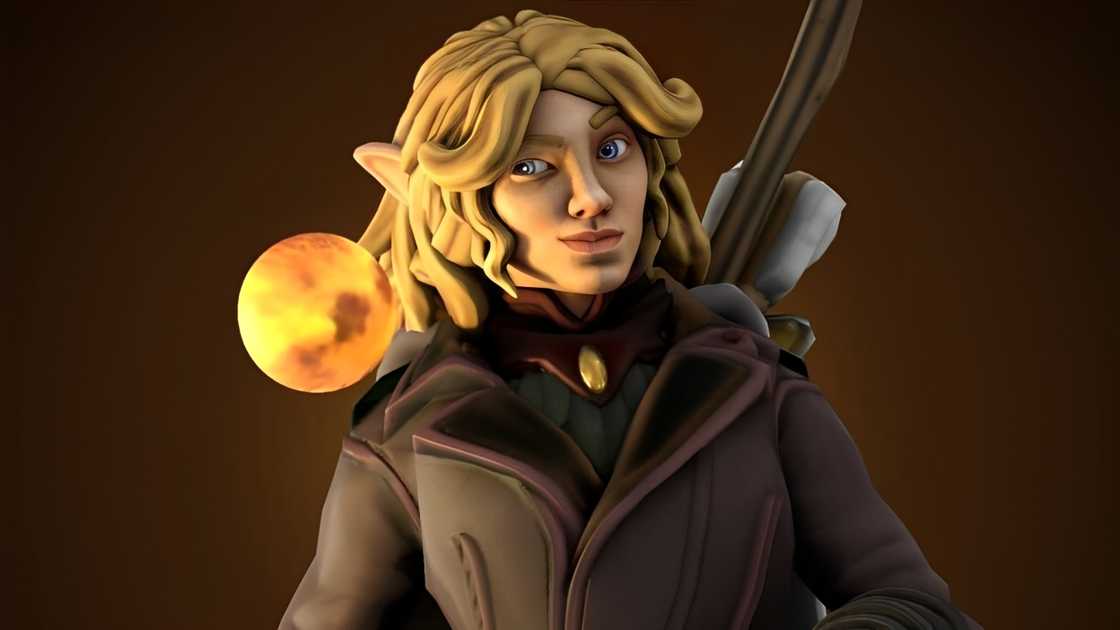
Source: Twitter
Evokers can eradicate their foes with arcane attacks while also possessing the ability to cast healing spells in the video games. This school comes in handy in combat-heavy scenarios and adventuring parties. Check out this chart of D&D 5e Schools of Magic spells in this college.
| Level | Evocation spells |
| Cantrip | Booming Blade, Dancing Lights, Eldritch Blast, Fire Bolt, Frostbite, Light, Lightning Lure, Ray of Frost, Sacred Flame, Shocking Grasp, Thunderclap, Word of Radiance |
| 1 | Burning Hands, Chaos Bolt, Chromatic Orb, Cure Wounds, Divine Favor, Earth Tremor, Faerie Fire, Frost Fingers, Green-Flame Blade, Guiding Bolt, Healing Word, Hellish Rebuke, Jim’s Magic Missile, Magic Missile, Searing Smite, Tasha’s Caustic Brew, Thunderous Smite, Thunderwave, Witch Bolt, Wrathful Smite |
| 2 | Aganazzar’s Scorcher, Branding Smite, Continual Flame, Darkness, Flame Blade, Gust of Wind, Melf’s Acid Arrow, Moonbeam, Prayer of Healing, Rime’s Binding Ice, Scorching Ray, Shatter, Snilloc’s Snowball Swarm, Spiritual Weapon, Tasha’s Mind Whip, Warding Wind |
| 3 | Aura of Vitality, Blinding Smite, Crusader’s Mantle, Daylight, Fireball, Lightning Bolt, Mass Healing Word, Melf’s Minute Meteors, Pulse Wave, Sending, Wall of Water, Wind Wall |
| 4 | Gravity Sinkhole, Fire Shield, Ice Storm, Otiluke’s Resilient Sphere, Sickening Radiance, Staggering Smite, Storm Sphere, Vitriolic Sphere, Wall of Fire |
| 5 | Bigby’s Hand, Cone of Cold, Dawn, Destructive Wave, Flame Strike, Hallow, Holy Weapon, Immolation, Mass Cure Wounds, Maelstrom, Wall of Force/Light/Sand/Stone/Water, Wrath of Nature |
| 6 | Blade Barrier, Chain Lightning, Contingency, Gravity Fissure, Heal, Otiluke’s Freezing Sphere, Sunbeam, Wall of Ice |
| 7 | Crown of Stars, Delayed Blast Fireball, Divine Word, Fire Storm, Forcecage, Mordenkainen’s Sword, Prismatic Spray, Whirlwind |
| 8 | Dark Star, Earthquake, Maddening Darkness, Sunburst, Telepathy |
| 9 | Mass Heal, Meteor Swarm, Power Word Heal, Ravenous Void |
6. Illusion
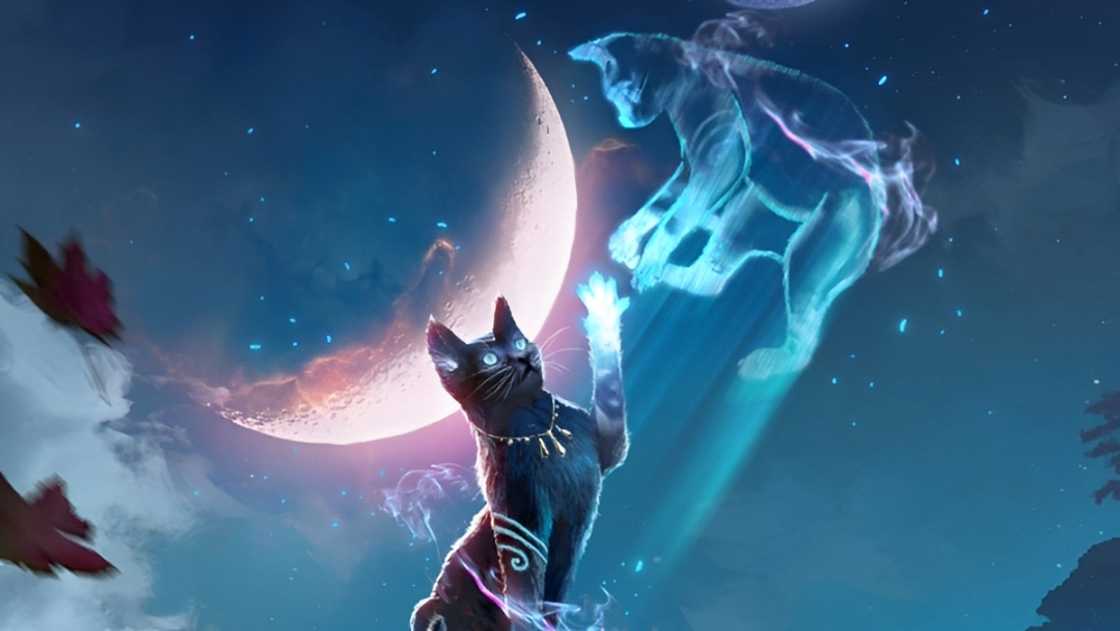
Source: Twitter
Ready to throw off your enemies through deception and illusion? By casting spells in this school, you can create hallucinations, visions and tricks to frighten or fool different character races and subraces in Dungeons & Dragons.
Features in this school include Illusion Savant, Improved Minor Illusion, Malleable Illusion, Illusory Self, and Illusory Reality. Below is a comprehensive list of the spells available in the School of Illusion by level.
| Level | Illusion spells |
| Cantrip | Minor Illusion |
| 1 | Colour Spray, Disguise Self, Distort Value, Illusory Script, Silent Image |
| 2 | Blur, Invisibility, Magic Mouth, Mirror Image, Nathair’s Mischief, Nystul’s Magic Aura, Phantasmal Force, Silence, Shadow Blade |
| 3 | Fear, Hypnotic Pattern, Major Image, Phantom Steed |
| 4 | Greater Invisibility, Hallucinatory Illusion, Phantasmal Killer |
| 5 | Creation, Dream, Mislead, Seeming |
| 6 | Mental Prison, Programmed Illusion |
| 7 | Mirage Arcana, Project Image, Simulacrum |
| 8 | Illusory Dragon |
| 9 | Weird |
7. Necromancy
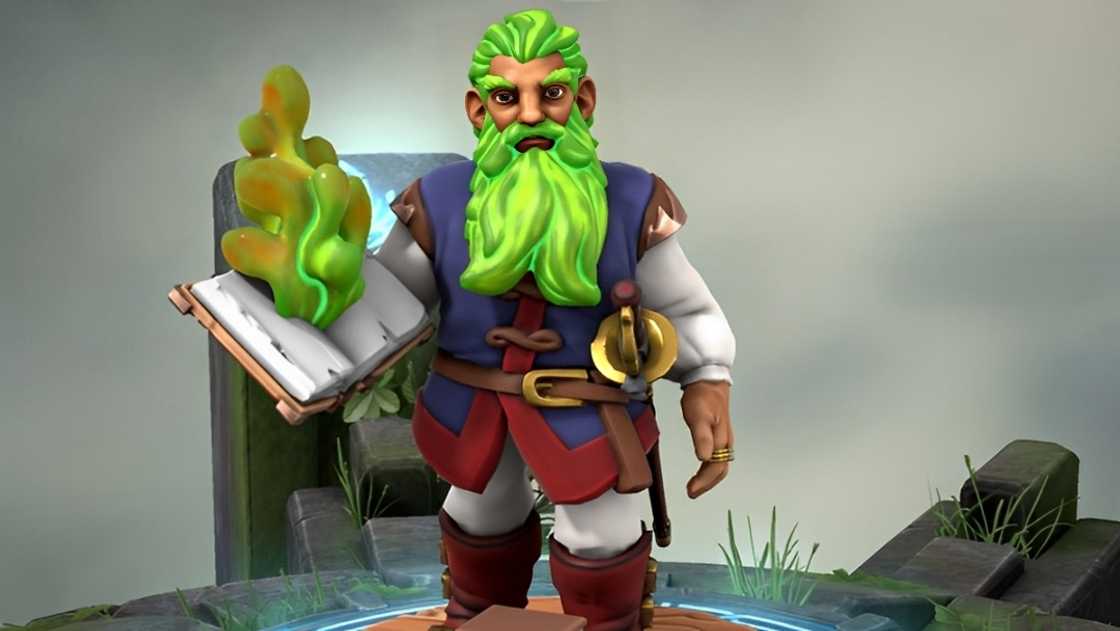
Source: Twitter
The necromancer can restore life to the dead and animate the dead in an attempt to frighten and drain an enemy's life force. This school is closely associated with malice and evil.
The Grim Harvest allows the necromancy to kill enemies. Other features, such as the Undead Thralls, Inured to Undead and Command Undead, can summon and animate living dead servants and strengthen the necromancer. Here is a complete D&D 5e School of Magic spell list for this college.
| Level | Necromancy spells |
| Cantrip | Chill Touch, Sapping Sting, Spare the Dying, Toll the Dead |
| 1 | Cause Fear, False Life, Inflict Wounds, Ray of Sickness |
| 2 | Blindness/Deafness, Gentle Repose, Ray of Enfeeblement, Wither and Bloom |
| 3 | Animate Dead, Bestow Curse, Feign Death, Life Transference, Revivify, Speak with Dead, Spirit Shroud, Vampiric Touch |
| 4 | Blight, Shadow of Moil |
| 5 | Contagion, Danse Macabre, Enervation, Negative Energy Flood, Raise Dead |
| 6 | Circle of Death, Create Undead, Eyebite, Harm, Magic Jar, Soul Cage |
| 7 | Finger of Death, Resurrection, Tether Essence |
| 8 | Clone, Abi-Dalzim’s Horrid Wilting |
| 9 | Astral Projection, Time Ravage, True Resurrection |
8. Transmutation

Source: Twitter
Transmutation spells can transform enemies into harmless animals or polymorph the spellcaster into a mighty monster. Wizards who practise transmutation or transputers can change their form or that of objects and creatures. Have a look at the spells at your disposal in this School of Transmutation.
| Level | Transmutation spells |
| Cantrip | Control Flames, Druidcraft, Elementalism, Gust, Magic Stone, Mending, Message, Mold Earth, Prestidigitation, Primal Savagery, Shape Water, Shillelagh, Thaumaturgy, Thorn Whip |
| 1 | Catapult, Create or Destroy Water, Divine Favour, Feather Fall, Goodberry, Jump, Longstrider, Zephyr’s Strike |
| 2 | Blindness/Deafness, Dragon’s Breath, Earthbind, Enhance Ability, Enlarge/Reduce, Heat Metal, Immovable Object, Kinectic Jaunt, Knock, Levitate, Magic Weapon, Magnify Gravity, Maximilian’s Earthen Grasp, Pyrotechnics, Rope Trick, Skywrit, Spider Climb, Spike Growth |
| 3 | Ashardalon’s Stride, Blink, Elemental Weapon, Erupting Earth, Flame Arrows, Fly, Gaseous Form, Haste, Lightning Arrow, Meld Into Stone, Plant Growth, Slow, Speak with Plants, Tiny Servant, Water Breathing, Water Walk |
| 4 | Control Water, Elemental Bane, Fabricate, Giant Insect, Guardians of Nature, Polymorph, Stone Shape |
| 5 | Animate Objects, Awaken, Control Winds, Passwall, Reincarnate, Skill Empowerment, Swift Quiver, Telekinesis, Temporal Shunt, Transmute Rock |
| 6 | Bones of the Earth, Create Homunculus, Disintegrate, Flesh to Stone, Investiture of Flame/Ice/Stone/Wind, Move Earth, Tasha’s Otherworldly Guide, Tenser’s Transformation, Wind Walk |
| 7 | Create Magen, Draconic Transformation, Etherealness, Regenerate, Reverse Gravity, Sequester |
| 8 | Animal Shapes, Control Weather, Glibness |
| 9 | Mass Polymorph, Shapechange, Time Stop, True Polymorph |
What are the Schools of Magic in DnD?
In Dungeons & Dragons, the Schools of Magic represent different categories of magical spells, each focusing on specific types of effects.
How many Schools of Magic are in DnD?
There are eight classic schools of magic in Dungeons & Dragons. These are abjuration, evocation, conjuration, divination, enchantment, illusion, transmutation, and necromancy.
What is the best magic school in D&D?
Abjuration is considered the most substantial magic school in Dungeons & Dragons. This is because of its versatility and ability to nullify the effects of the rest of the schools.
The classic DnD 5e Schools of Magic comprise abjuration, conjuration, divination, enchantment, evocation, illusion, necromancy, and transmutation. Each school grants the spellcaster special abilities, allowing them to defeat enemies.
Legit.ng has recently published an article on the unique abilities and traits of all DnD races and species. Dungeons & Dragons (DnD) allows players to create their races, characters, and unique powers.
In the game, races or species range from classic humanoids like Elves, Humans, and Aasimar to alien creatures like Tieflings, Gnomes, and Dragonborns. Read on and discover their unique traits, special senses, and character builds.
Source: Legit.ng


